Extra high superoxide dismutase in host tissue is associated with
Por um escritor misterioso
Last updated 28 março 2025
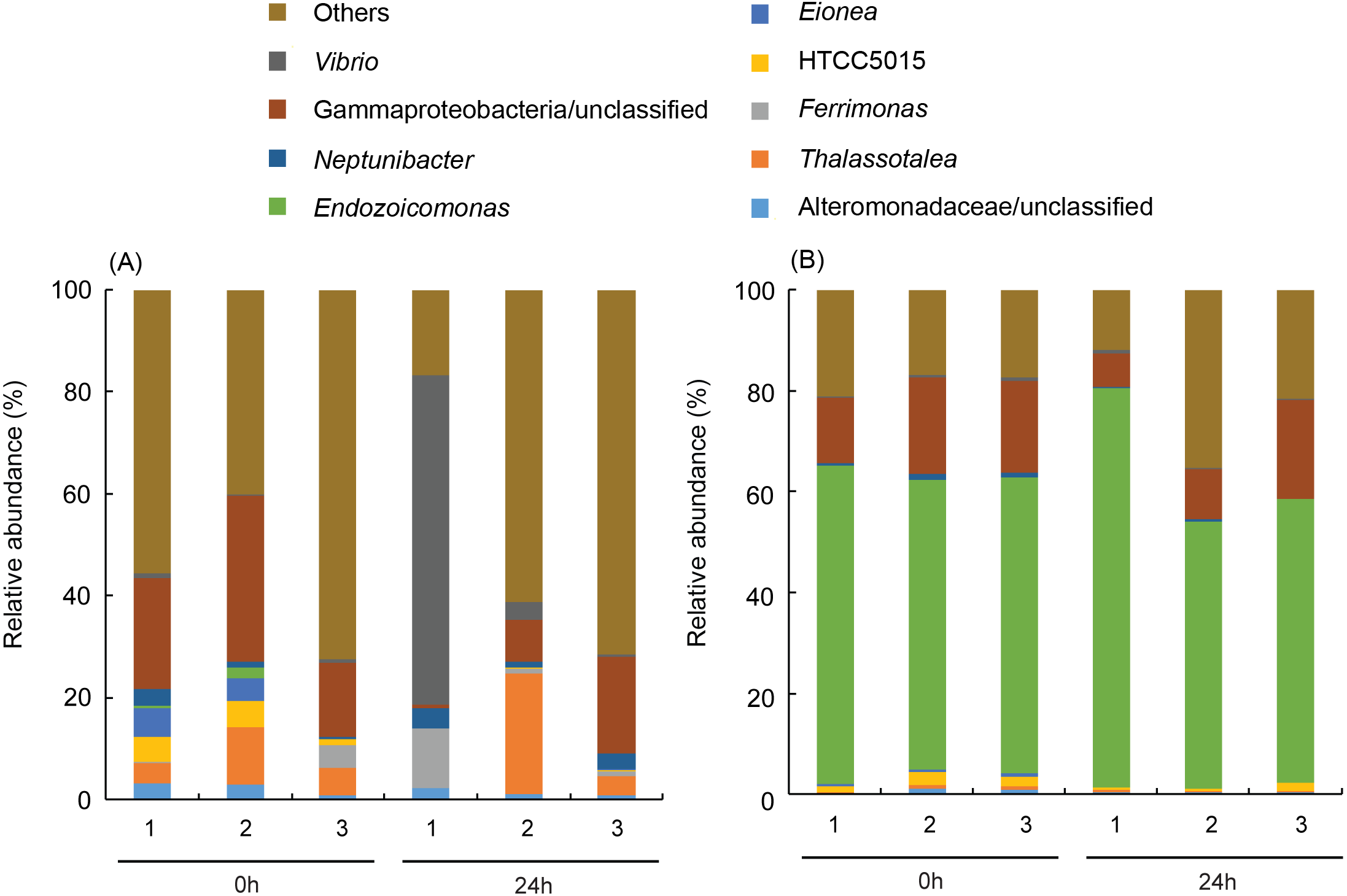
Global warming threatens reef-building corals with large-scale bleaching events; therefore, it is important to discover potential adaptive capabilities for increasing their temperature resistance before it is too late. This study presents two coral species (Platygyra verweyi and Isopora palifera) surviving on a reef having regular hot water influxes via a nearby nuclear power plant that exhibited completely different bleaching susceptibilities to thermal stress, even though both species shared several so-called “winner” characteristics (e.g., containing Durusdinium trenchii, thick tissue, etc.). During acute heating treatment, algal density did not decline in P. verweyi corals within three days of being directly transferred from 25 to 31 °C; however, the same treatment caused I. palifera to lose < 70% of its algal symbionts within 24 h. The most distinctive feature between the two coral species was an overwhelmingly higher constitutive superoxide dismutase (ca. 10-fold) and catalase (ca. 3-fold) in P. verweyi over I. palifera. Moreover, P. verweyi also contained significantly higher saturated and lower mono-unsaturated fatty acids, especially a long-chain saturated fatty acid (C22:0), than I. palifera, and was consistently associated with the symbiotic bacteria Endozoicomonas, which was not found in I. palifera. However, antibiotic treatment and inoculation tests did not support Endozoicomonas having a direct contribution to thermal resistance. This study highlights that, besides its association with a thermally tolerable algal symbiont, a high level of constitutive antioxidant enzymes in the coral host is crucial for coral survivorship in the more fluctuating and higher temperature environments.

Superoxide Dismutase 1/SOD1 Antibody
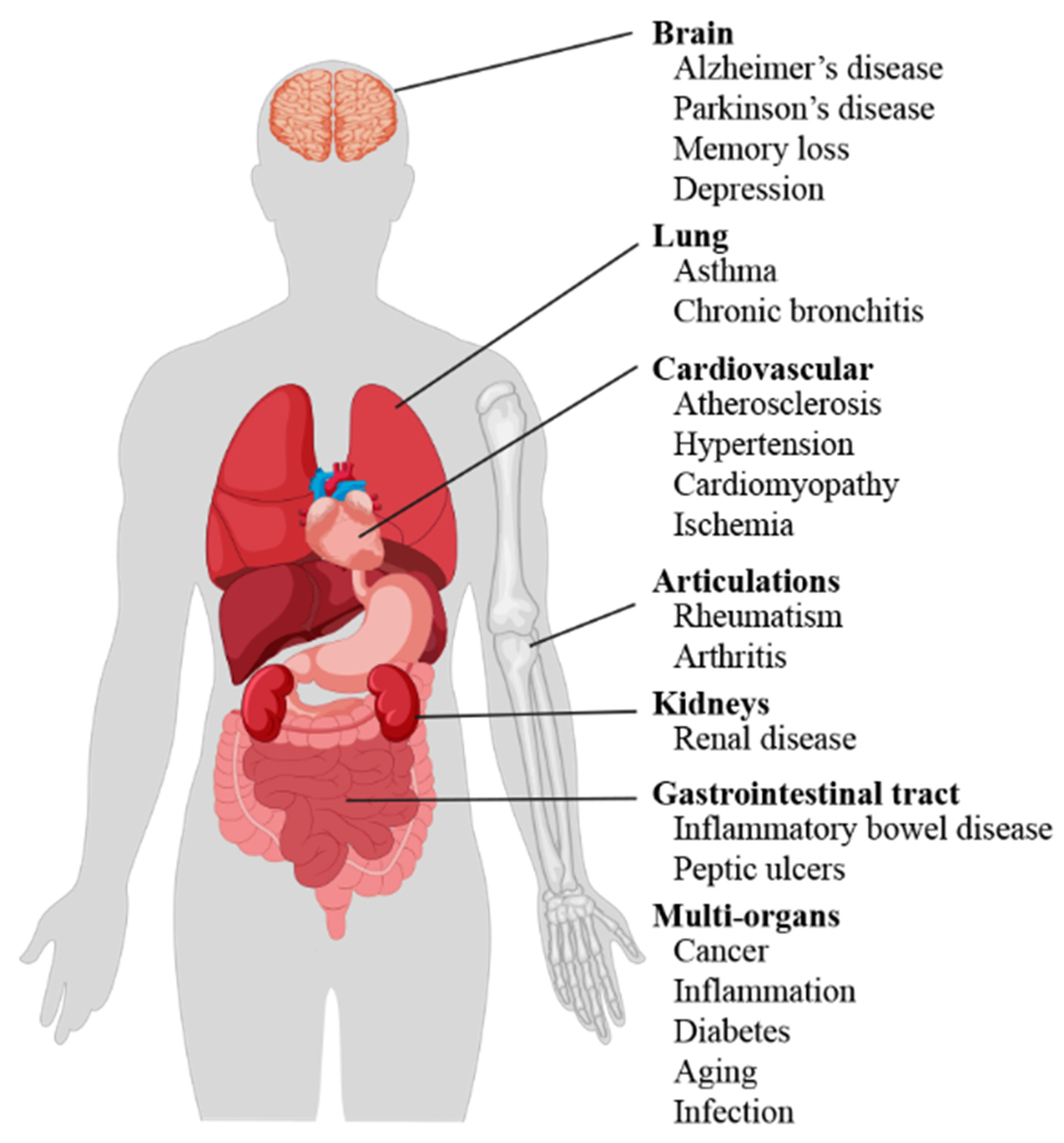
Antioxidants, Free Full-Text
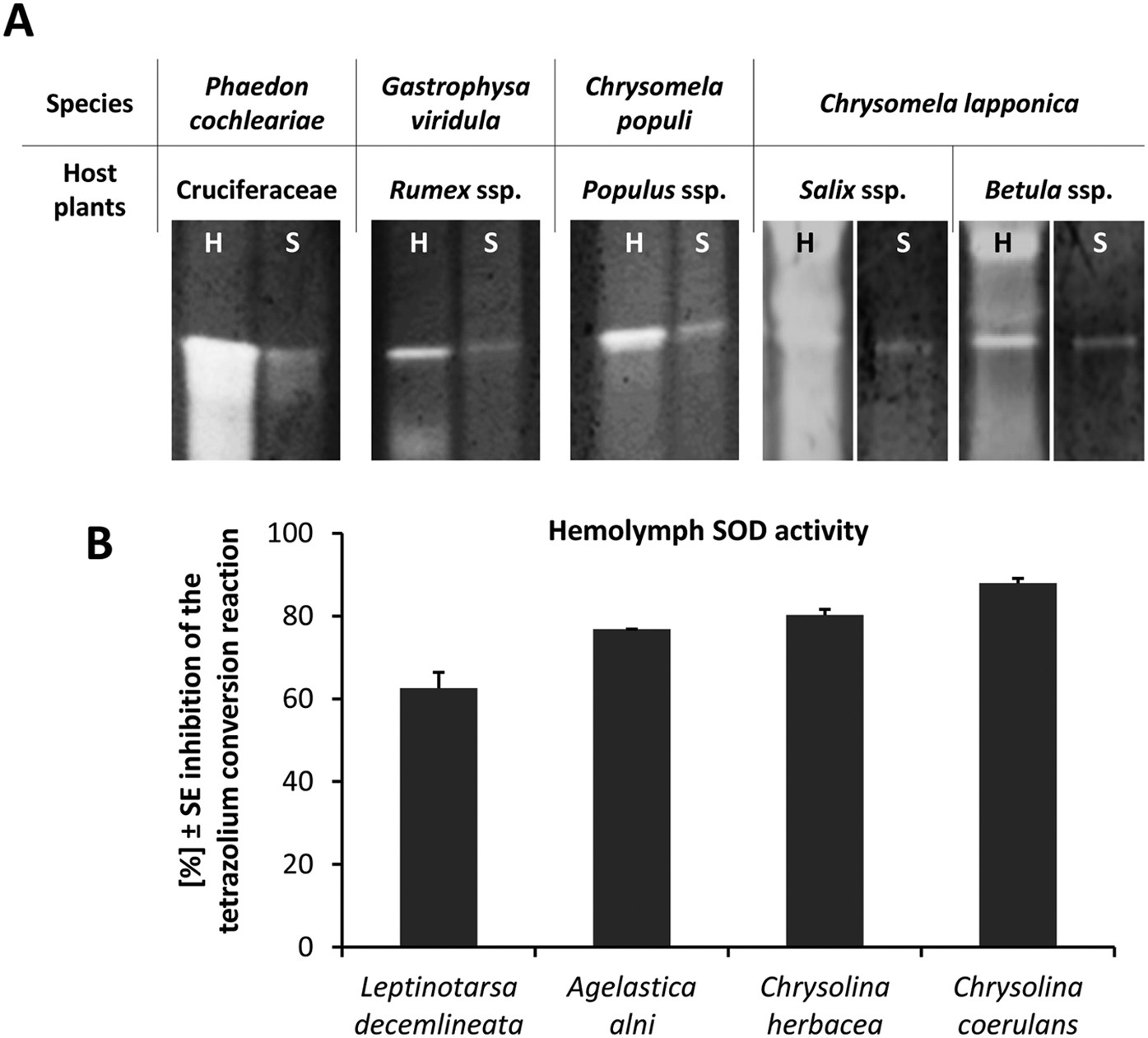
A common theme in extracellular fluids of beetles: extracellular superoxide dismutases crucial for balancing ROS in response to microbial challenge
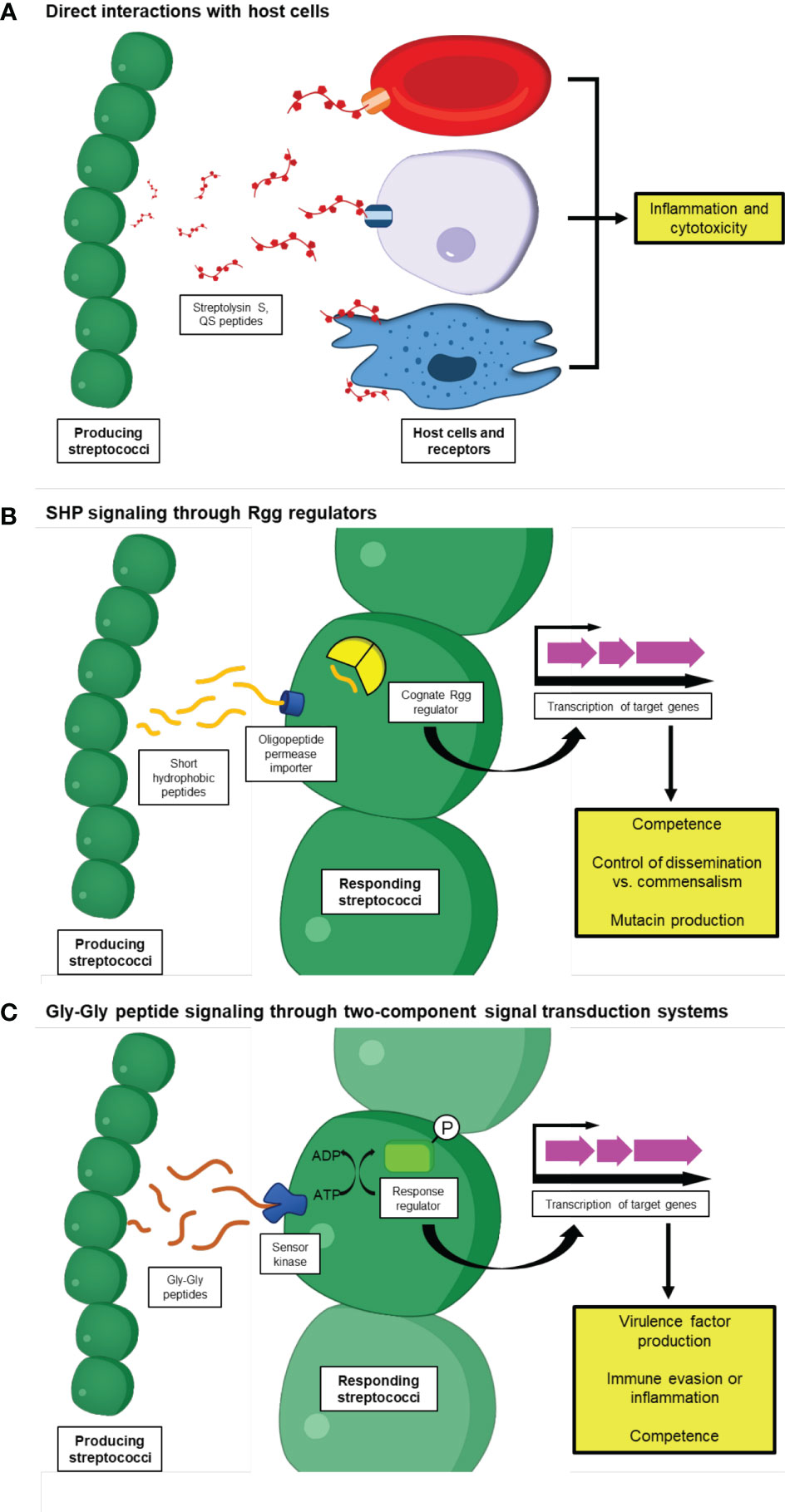
Frontiers Streptococcal peptides and their roles in host-microbe interactions

MDA, GSH, NO levels and SOD, CAT, and TF activities of lung tissue.
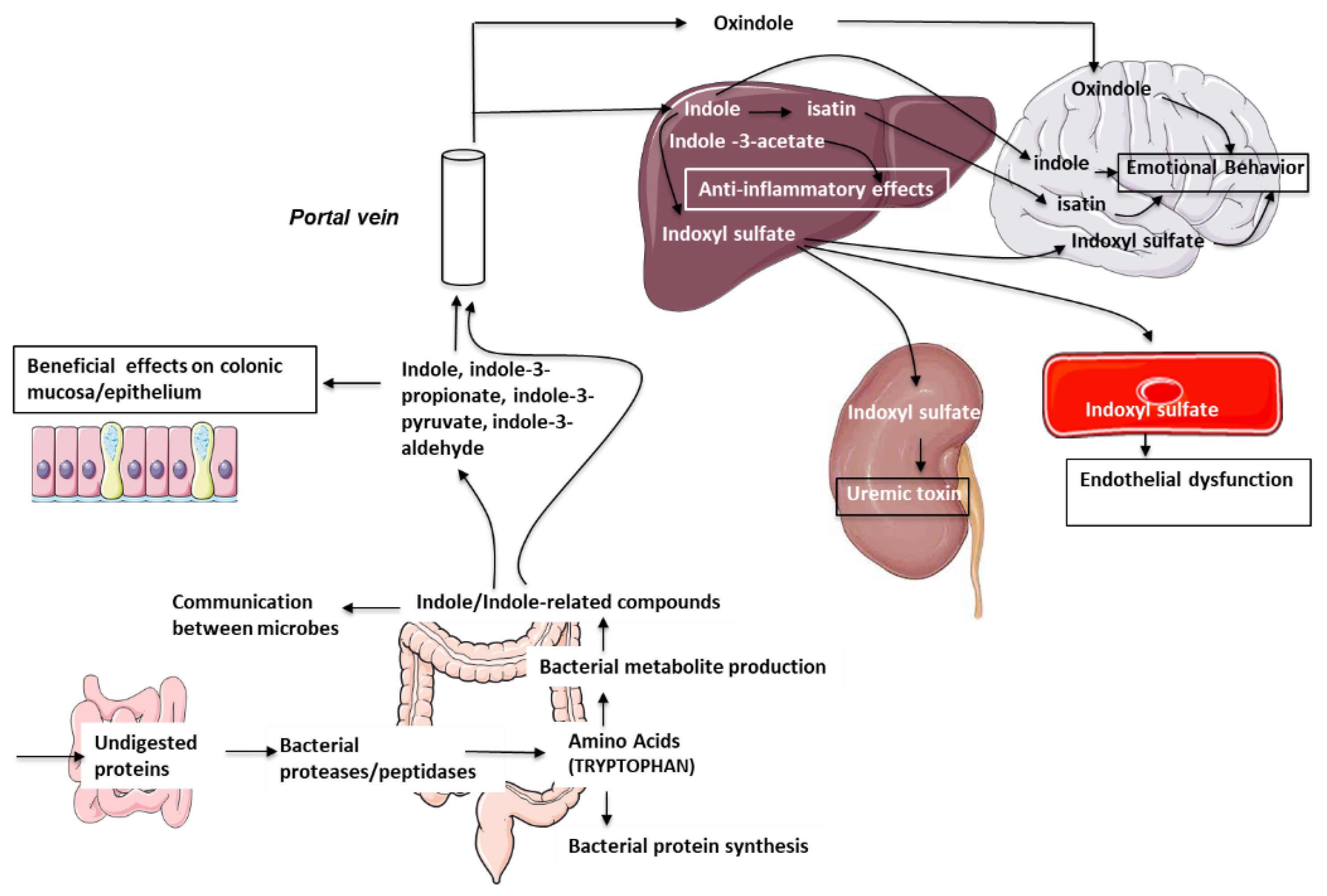
Microorganisms, Free Full-Text

Insights into host–pathogen interactions from state‐of‐the‐art animal models of respiratory Pseudomonas aeruginosa infections - Lorenz - 2016 - FEBS Letters - Wiley Online Library
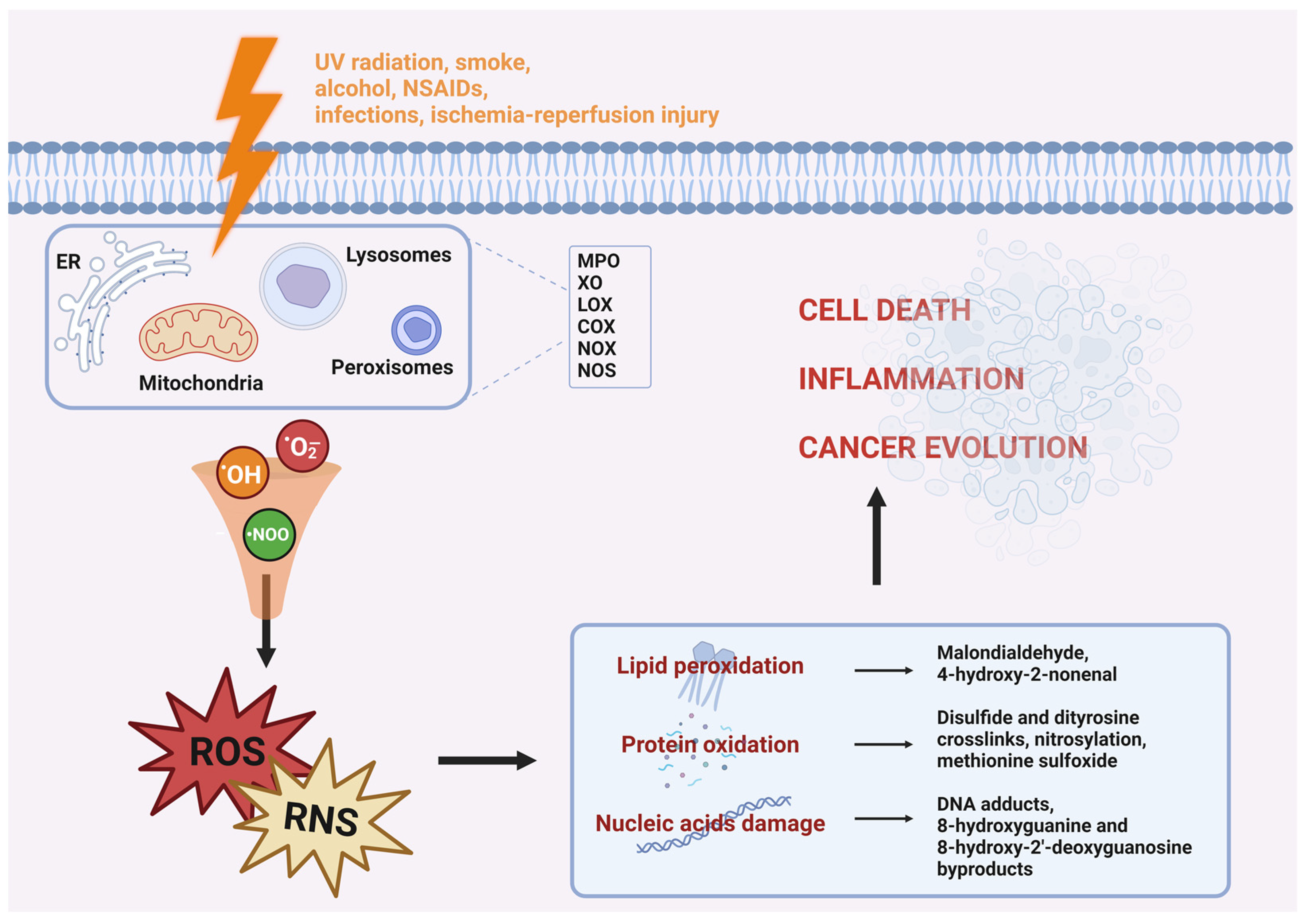
Oxygen, Free Full-Text
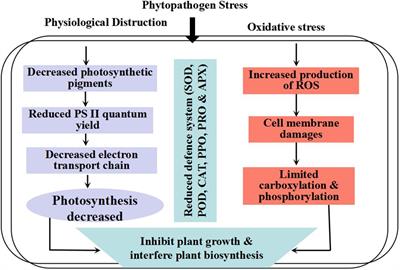
Frontiers ROS and Oxidative Response Systems in Plants Under Biotic and Abiotic Stresses: Revisiting the Crucial Role of Phosphite Triggered Plants Defense Response

Expression of superoxide dismutase (SOD) in the kidney after gene

Diquinol Functionality Boosts the Superoxide Dismutase Mimicry of a Zn(II) Complex with a Redox-Active Ligand while Maintaining Catalyst Stability and Enhanced Activity in Phosphate Solution
Recomendado para você
-
Time Control Contabilidade - ⚠ Vaga para Assistente Financeiro28 março 2025
-
 CONTROL DESK28 março 2025
CONTROL DESK28 março 2025 -
 Empresa abre vaga de emprego em Salgueiro, PE; confira! - Blog do28 março 2025
Empresa abre vaga de emprego em Salgueiro, PE; confira! - Blog do28 março 2025 -
 Auxiliar Ambiental, Fortaleza – CE, 01 vaga(s)28 março 2025
Auxiliar Ambiental, Fortaleza – CE, 01 vaga(s)28 março 2025 -
 EDU34450A Multímetro Digital - Smart Bench Essentials28 março 2025
EDU34450A Multímetro Digital - Smart Bench Essentials28 março 2025 -
 Boomer's Rise (RUTHLESS KINGS MC™ ATLANTIC CITY)28 março 2025
Boomer's Rise (RUTHLESS KINGS MC™ ATLANTIC CITY)28 março 2025 -
 Notre Dame all-time bowl game history28 março 2025
Notre Dame all-time bowl game history28 março 2025 -
 Healthy Gut, Healthy You28 março 2025
Healthy Gut, Healthy You28 março 2025 -
 30-06 Mini Archery Target Sets (3-Spot Vegas - 20ct.)28 março 2025
30-06 Mini Archery Target Sets (3-Spot Vegas - 20ct.)28 março 2025 -
 6 Ways To Reduce Stress and Stop Worrying28 março 2025
6 Ways To Reduce Stress and Stop Worrying28 março 2025
você pode gostar
-
 Shadowverse Flame: Seven Shadows-hen28 março 2025
Shadowverse Flame: Seven Shadows-hen28 março 2025 -
 One Piece Chapter 1057 could end the Wano Arc (Plus release date pushed back!)28 março 2025
One Piece Chapter 1057 could end the Wano Arc (Plus release date pushed back!)28 março 2025 -
 Vote: The top 10 best gaming websites28 março 2025
Vote: The top 10 best gaming websites28 março 2025 -
 Pikachu Ditto GX Custom Made Card - Norway28 março 2025
Pikachu Ditto GX Custom Made Card - Norway28 março 2025 -
 A Closer Look at Benoni Museum - City of Ekurhuleni28 março 2025
A Closer Look at Benoni Museum - City of Ekurhuleni28 março 2025 -
 Tiroteio interrompe partida de futebol em Macaé; veja vídeo28 março 2025
Tiroteio interrompe partida de futebol em Macaé; veja vídeo28 março 2025 -
 Marilyn Manson reveals why he stopped drinking absinthe28 março 2025
Marilyn Manson reveals why he stopped drinking absinthe28 março 2025 -
 What talents i should focus on ? : r/lordsmobile28 março 2025
What talents i should focus on ? : r/lordsmobile28 março 2025 -
Damas Online APK (Android Game) - Baixar Grátis28 março 2025
-
 Wobble Chess Set - Modern Take on A Classic Game28 março 2025
Wobble Chess Set - Modern Take on A Classic Game28 março 2025
